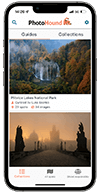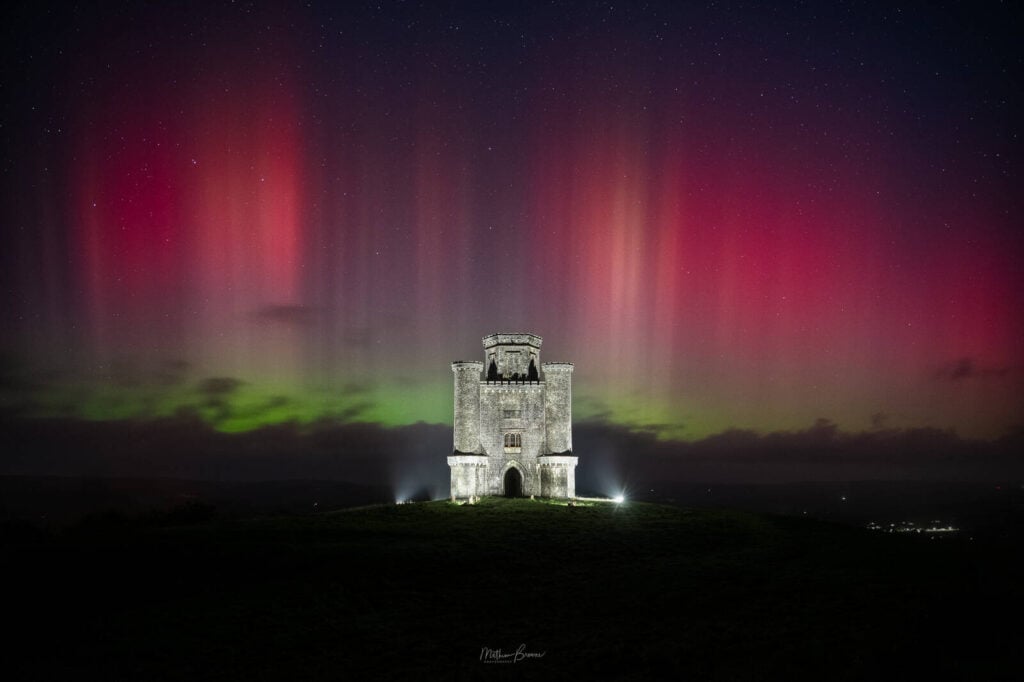
As we reach the solar maximum – the peak in the sun’s 11-year cycle of activity – the Northern Lights can sometimes be seen dancing across the skies of the UK and Ireland, even reaching as far south as Cornwall in the UK.
Skywatchers everywhere are excited! Increased solar activity has meant the the aurora borealis, usually most visible near the North and South poles, has widened the range the lights can be spotted from. Scientists say that if the trend continues, the next 18 months will bring the strongest northern lights activity of both the coming decade and the past 20 years, with the show being viewable more often and from more places on Earth.
In this post, keen astro-photographer and co-founder of PhotoHound, Mathew Browne, shares how to photograph the Northern Lights so that you can be ready to capture nature’s next celestial show!
Mathew writes: I’ve been lucky enough to witness the breathtaking phenomena of the Aurora Borealis twice since September this year, and both times very close to my home town in Carmarthen. Here are my top tips on how to photograph the Northern Lights.
Preparation
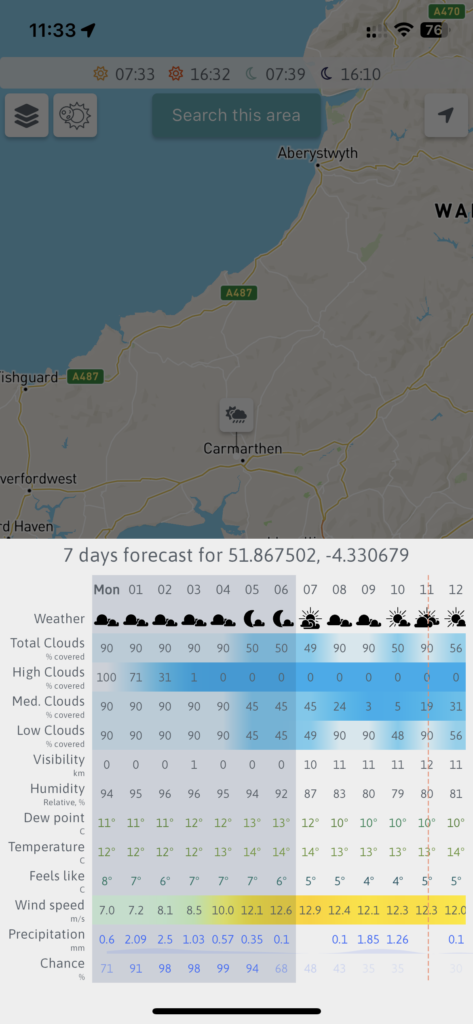
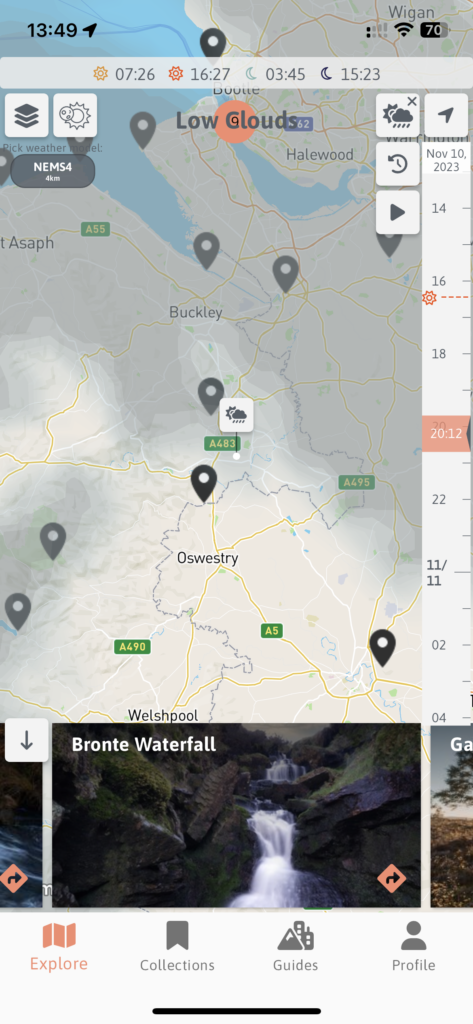
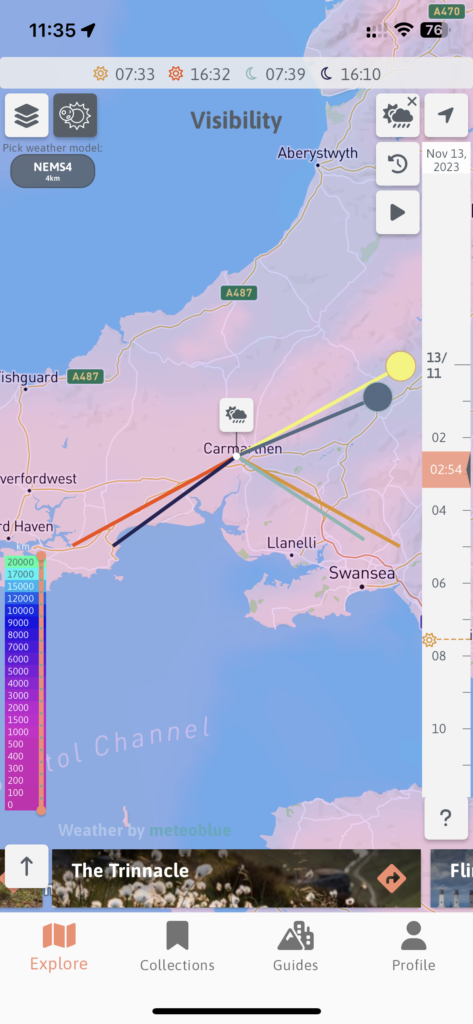
My first tip to avoid disappointing trips is to prepare as much in advance as possible by using some of the best apps to predict cloud cover and aurora activity. I tend to use the following apps and resources:
Aurora Alerts Keeps me updated on aurora activity with real-time alerts.
Aurora Photographers Group on Facebook Connecting with fellow photographers is very valuable to gain insights and occasionally I’ll benefit from contributions from experts such as James Rowley Hill.
Space Weather Live: Monitor space weather conditions and the KP index for aurora predictions. Geomagnetic storms are measured on the KP index, ranging from 0 to 9. As a general rule, KP3 can yield good results in the Arctic Circle, whereas for the UK, Europe, and lower US latitudes, a KP5 or above is ideal.
And of course I use the premium weather features on PhotoHound to check the forecast and cloud cover.
Camera Settings
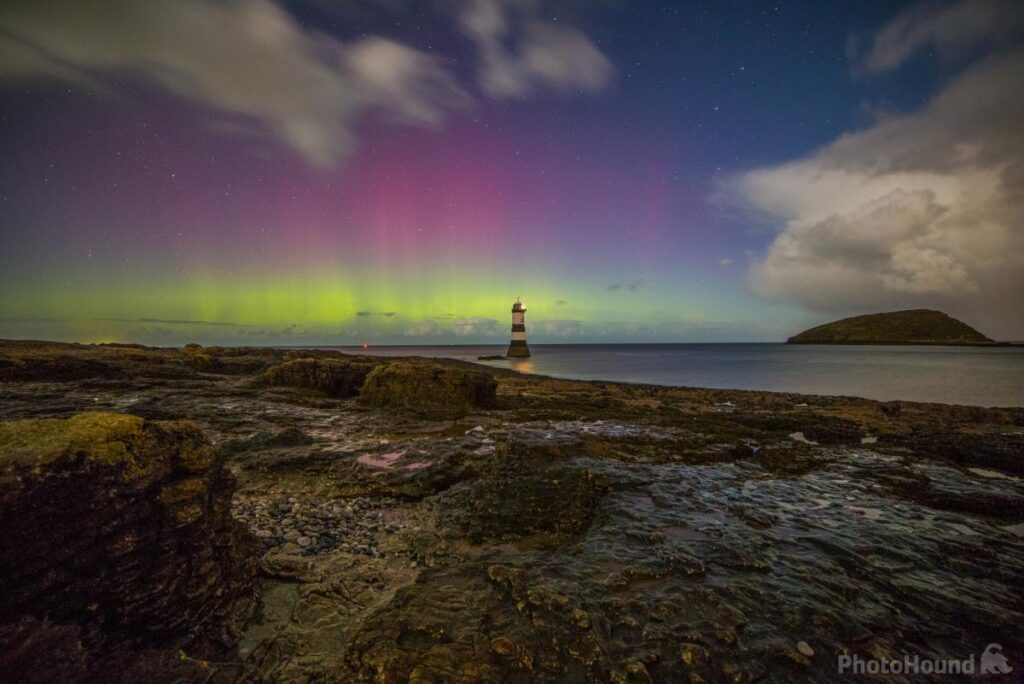
These are my suggested camera settings for how to photograph the Northern Lights;
White Balance Magic: Set your white balance to around 4000K for a cooler tone, providing a more natural look for your aurora shots.
Manual Mode Mastery: Shoot in manual mode to have full control over your settings. Use the widest aperture possible (lowest f-stop) to gather more light. A good starting point when photographing the northern lights is: aperture f/2.8, ISO 1600 (increase if it’s very dark) and 15 seconds shutter speed. Keep in mind that if the aurora is very active (i.e. dances quickly), you need to shorten the shutter speed. Adjust your exposure time based on your focal length; you want to aim for a short enough exposure to avoid trailing stars. Set your lens to infinity focus and start shooting. If possible, point out a star or planet in the night sky and use it as a marker when you focus.
Battery and Gear Essentials: Bring plenty of spare batteries, as the cold can drain them quickly. Keep them as warm as possible in your inside jacket pockets. If you have them, pack hand warmers and wear warm layers to combat freezing temperatures. I find Vallerret Gloves very handy (excuse the pun!) for this kind of shoot.
Lens Recommendations: In the Arctic Circle, a wide-angle lens is recommended to capture the aurora, which can be anywhere from overhead to ahead of you. For lower latitudes, a lens in the 16-50mm range will suffice. However, prime lenses are optimal for their wider apertures and sharpness.
Continuous Shooting and Underexposure: Use continuous shooting to capture multiple frames; later, you might want to create a stunning time-lapse. Aim to underexpose by 1 stop when the aurora is faint, preventing overexposure when the lights intensify.
Choosing the Right Location
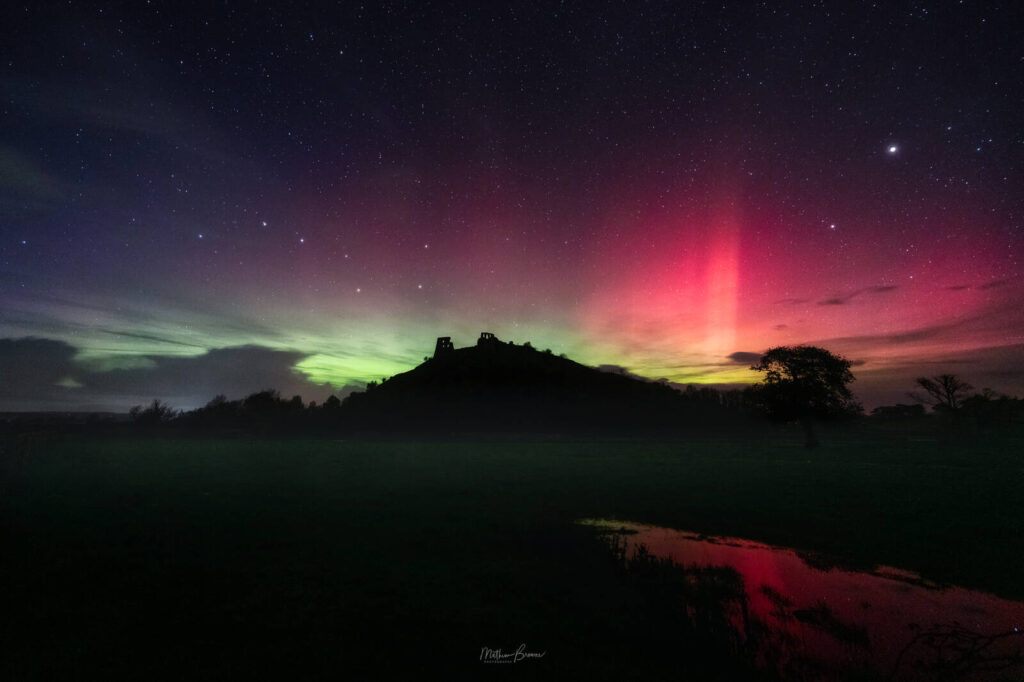
Orientation and Foreground
First and foremost, you’ll need to get out of town and find as dark a location as possible. if light pollution is unavoidable, consider bracketing shots to balance foreground and aurora exposure.
Next, make sure you’re facing north to maximize your chances of capturing the aurora. If you can, incorporate interesting foreground elements, such as silhouettes, for a more dynamic composition. If you search Aurora, Northern Lights or darks skies on PhotoHound, you might find some new locations to try. We also have PhotoHound guides to Norway, Iceland and Lofoten if you’re planning a more northern trip.
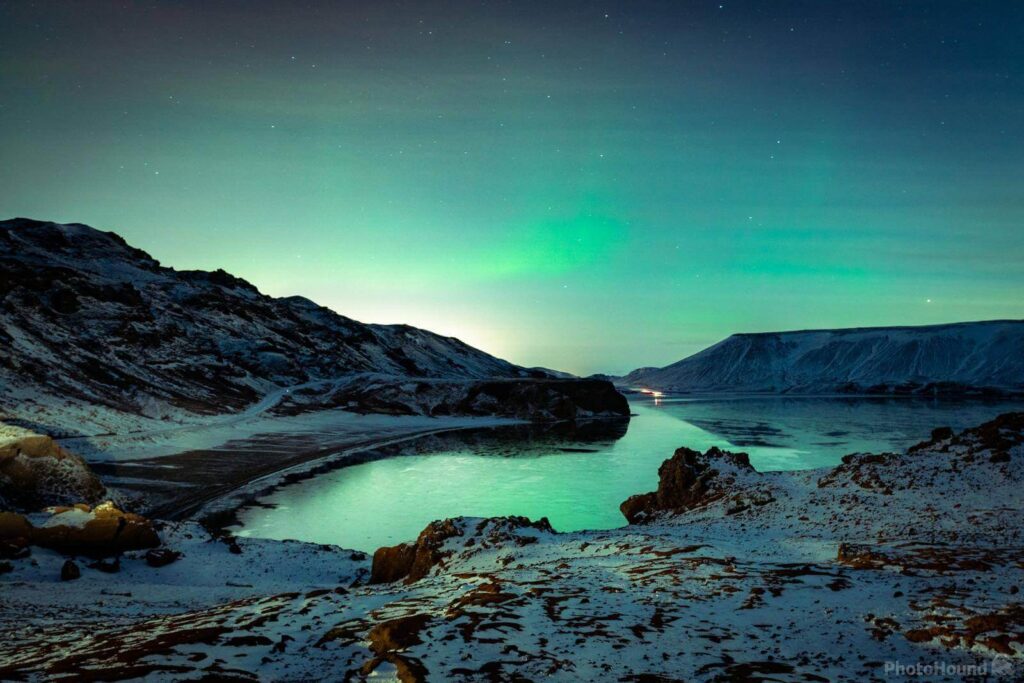
Capturing the beauty of the aurora borealis does require a combination of technical skill, strategic planning, and an understanding of the unique conditions, but don’t get too bogged down in this – ust give it a go. And definitely don’t forget to take a step back and just enjoy the experience as it’s happening.
Capturing an award-winning image
Mathew’s photograph of the northern lights dancing about Paxton’s Tower was one of the winners of Northern Lights Photographer of the Year 2023. The judges recognise the rarity of such a vivid display so far south, plus the technical challenge of balancing the floodlit tower with the display behind in the finished photograph.

Northern Lights above Paxton’s Tower, Carmarthen by Mathew Browne
In order to preserve the delicate background detail with the harshly-lit foreground, I used bracketed exposures. This means shooting consecutive frames at different exposure lengths and combining these in post-processing to produce a balanced image. This is also known as high dynamic range photography.
All the other settings remain the same, but the exposure lengths were 1 second, 4 seconds and 8 seconds respectively.
The image was completed using Luminar Neo which gave me excellent control over colour rendition, improved contrast and structure detail, and noise reduction since these were high-ISO frames.
So now you know how to photograph the Northern Lights! Tag @photohound on Instagram and even better, share your best aurora shots with the PhotoHound community.
